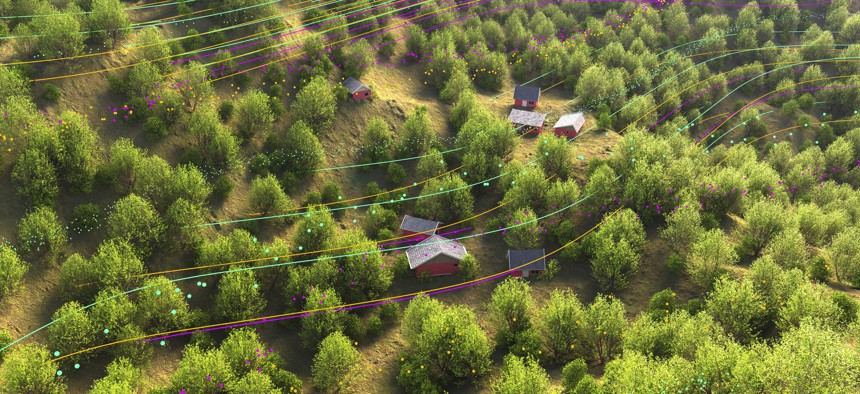State broadband map delivers granular connectivity data

Huber & Starke / Getty Images
Officials in New York can now use address-level data to better identify homes and businesses lacking access to affordable broadband.
An address-level, interactive broadband map will help officials in New York explore statewide high-speed internet availability, assess connectivity needs and better allocate state and federal funding.
The map is the result of months of field assessments conducted by the New York State Public Service Commission, which worked with 60 internet service providers and surveyed tens of thousands of New York consumers, the governor's office said in a statement. It also relied on New York’s Street and Address Maintenance database, in which business and residential addresses have been geocoded to support Next-Generation 911 and other services. Additionally, a fiber optic and coaxial asset inventory program physically inspected over 80,000 miles of network infrastructure in the most remote places in the state.
The map will also improve the allocation of federal and state broadband funding through granular, address-level data.
Prior to the map’s creation, New York was dependent on broadband coverage data submitted by ISPs to the Federal Communications Commission, which only required providers to deliver service to one address in a census-block for that area to be considered served. Now, the state can see, at the address level, whether a household or business is served, underserved or unserved.
Users can enter a street address, and the map shows which ISPs serve the selected area, the type of technology those ISPs use and the speeds and price packages offered. Four pie charts provide a percentage breakdown of served, underserved and unserved populations in the state, respective county, city or township and school district. To help refine the data, users are encouraged to submit inaccuracies or general feedback.
According to an accompanying report, 97.4% of the state’s address locations have access to high-speed broadband service. But more rural areas in Hamilton and Lewis County show lower coverage rates, posting 70.2% and 73%, respectively. In addition, “counties with the lowest median income were found to have the highest average prices for broadband,” the statement said.
"With this mapping in hand, we can see where to direct State and Federal broadband funding to connect unserved and underserved areas,” Gov. Kathy Hochul said. “This address-specific tool is one we can wield to provide a more accurate depiction of connectivity needs in areas that have been disconnected for far too long."





